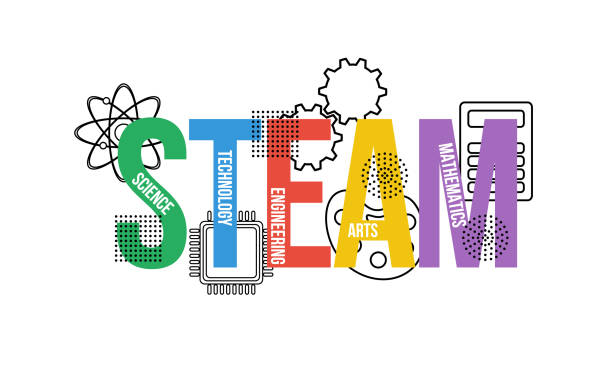
Vermont Technical College: Manny Aretakis
Posted February 12, 2018, 1:00 pm by
Manny Aretakis is pursuing a dual-degree at Vermont Tech in Randolph Center, VT.
-
Why did you choose to participate in a STEM (Science, Technology, Engineering and Mathematics) program?
I grew up with a fascination for how machines work, how they were assembled, repaired and modified. I knew at an early age that I wanted the skills to be able to design and build projects of my own and this is what lead my desire to pursue an engineering degree.
-
How did you decide which STEM field was right for you?
I’ve always been a hands-on learner and I wanted to pursue an education that would support that ability. I chose to complete a dual-degree program at Vermont Tech that allowed me to earn an associate degree in mechanical cngineering and a bachelor’s degree in manufacturing engineering. These STEM programs were an exceptional fit for me; I was able to learn extensive design methods and then apply a hands-on approach to manufacturing my designs by utilizing a vast array of state-of-the-art machinery. To be able to take something that you’ve designed and then to have the skills to manufacture it is highly gratifying.
-
What is a typical day like in your STEM Program?
It might start with receiving a dimensioned drawing from a professor or a boss requesting that a series of changes need to be made, and then a certain number of these parts produced, for example, on a CNC milling machine. This would likely require me to start by utilizing my computer-aided design (CAD) design skills to make the necessary changes to the part. I would then create a dimensioned drawing utilizing geometric dimensioning and tolerancing (GD&T) best practices to ensure anyone can read and understand the print without issue. I would then start computer aided machining (CAM) on the part to create tool paths that would cut the part out of a rough piece of stock. This may require multiple operations, tools, and fixturing methods depending on the complexity of the part. At this point I would start up the CNC milling machine and set up the machine to be able to manufacture the part. After loading my CAM file into the machine, along with the necessary tools I would need to produce the part, I would simulate the operation and then once satisfied, run the operation. At the end of the operation, I would be left with a perfect part featuring the necessary changes and conforming to the tolerance standards laid out in the print.
-
What has been the most memorable moment of your STEM program?
Very recently in our program, our class was assigned an entrepreneurial mass production manufacturing project. We had to come up with a product that we could design, market and sell. Our class worked to develop a high-quality key-holder in the shape of Vermont that one would be able to install at home. We even incorporated a maple tap into the plate to add a little bit of marketing flair. The most satisfying part of this project was the fact that we were able to sell all 68 of our key holder products within one week of completion.
-
What advice do you have for teens looking at STEM degrees and/or career paths?
There is a general lack of people skilled in STEM fields. The aging population is desperately seeking young people to fill the vast array of STEM careers so this is an excellent time for a young person to enter a STEM field! The knowledge you will gain will serve you well no matter where you go in life.
Blog Categories
- Career Advice
- College Admissions
- Colleges & Universities
- Financial Aid and Scholarships
- For Counselors
- For Parents
- For Students
- Gap Years
- Mental Health and Wellness
- Online Learning
- Performing and Visual Arts
- STEM Majors and More
- Summer Programs
- Teen Volunteering
- Trade & Vocational Schools
- Tutoring & Test Prep

Organization with listings on TeenLife? Login here
Register for Free
We’re here to help you find your best-fit teen-centered academic and enrichment opportunities.
Forgot Password
"*" indicates required fields








